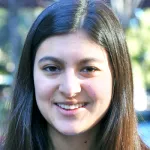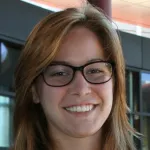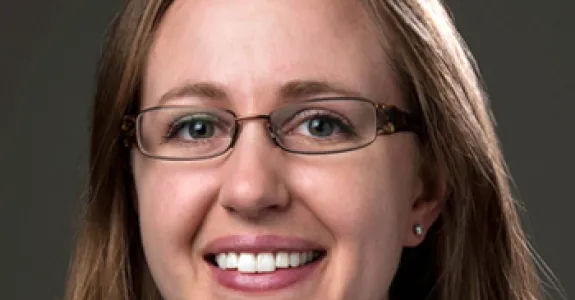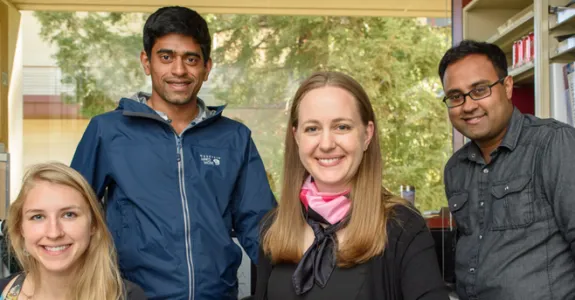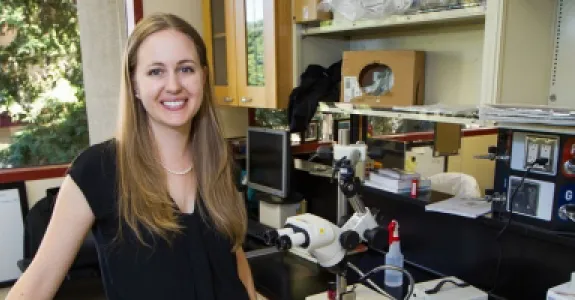
Dr. Lisa Giocomo's laboratory studies the cellular and molecular mechanisms underlying the organization of cortical circuits important for spatial navigation and memory. They are particularly focused on medial entorhinal cortex, where many neurons fire in spatially specific patterns and thus offer a measurable output for molecular manipulations. They combine electrophysiology, genetic approaches and behavioral paradigms to unravel the mechanisms and behavioral relevance of non-sensory cortical organization.
The Giocomo lab's first line of research is focused on determining the cellular and molecular components crucial to the neural representation of external space by functionally defined cell types in entorhinal cortex (grid, border and head direction cells). They plan to use specific targeting of ion channels, combined with in vivo tetrode recordings, to determine how channel dynamics influence the neural representation of space in the behaving animal. A second, parallel line of research, utilizes a combination of in vivo and in vitro methods to further parse out ionic expression patterns in entorhinal cortices and determine how gradients in ion channels develop. Ultimately, the Giocomo lab's work aims to understand the ontogenesis and relevance of medial entorhinal cortical topography in spatial memory and navigation.



